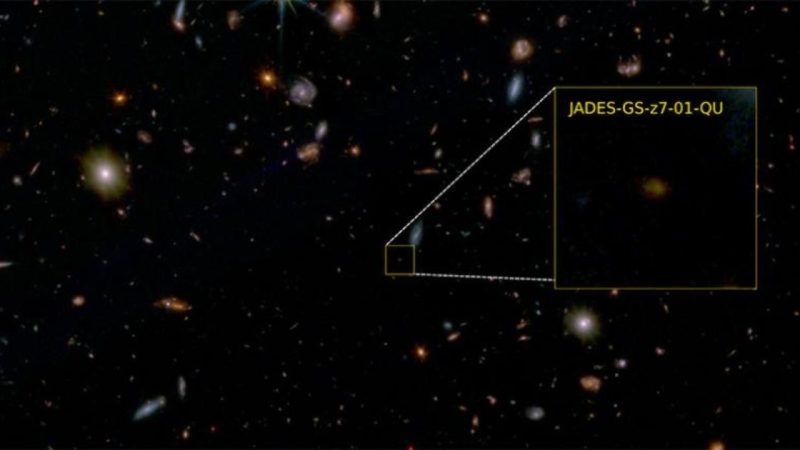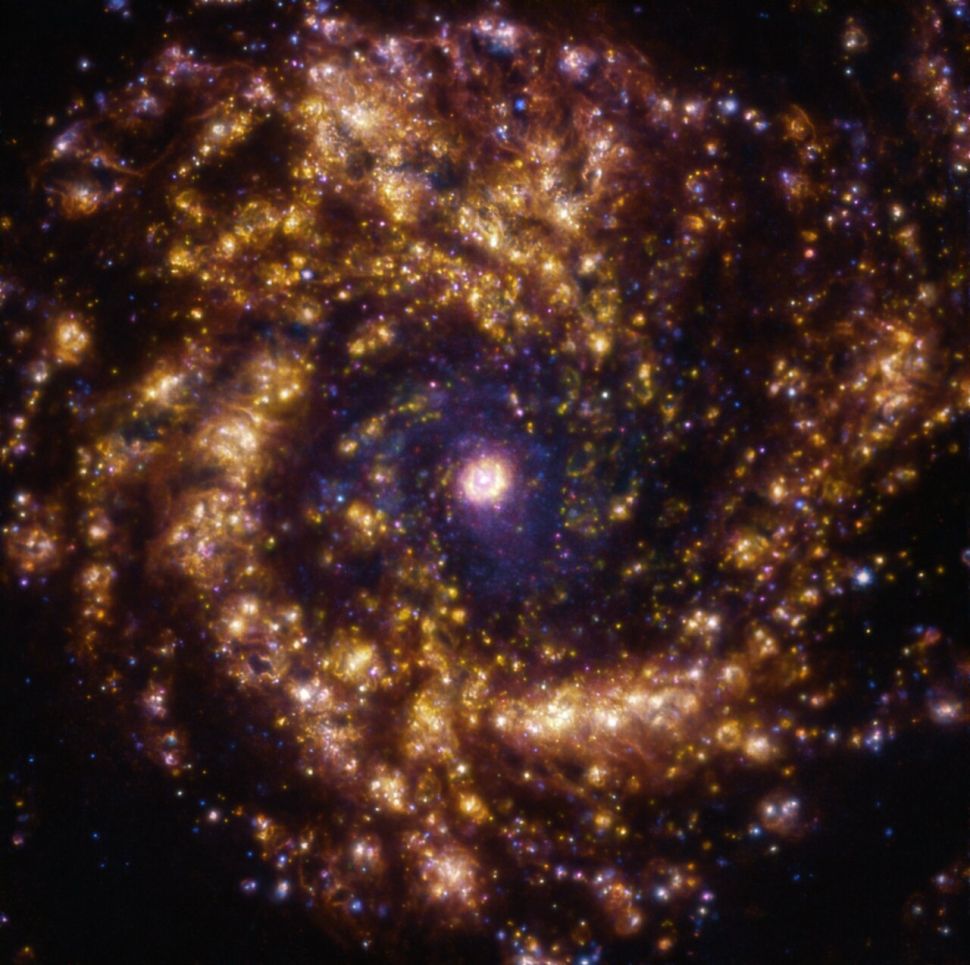Early ‘dead’ galaxy spotted by JWST challenges cosmic evolution models

Dead galaxy! Do big things end up the same way? – Yes, they do!
Astronomers have recently discovered the earliest ‘dead’ galaxy. This early galaxy, identified when the universe was just 700 million years old, ceased star formation about over 13 billion years ago, challenging prevailing cosmic evolution models. Astronomers made the discovery using images captured by the James Webb Space Telescope (JWST).
Led by the University of Cambridge, an international team of astronomers employed JWST to peer back in time. Surprisingly, they found that a galaxy experienced a rapid burst of star formation, followed by an unexpected cessation.
“The first few hundred million years of the universe was a very active phase, with lots of gas clouds collapsing to form new stars,” said Tobias Looser from the Kavli Institute for Cosmology, the paper’s first author. “Galaxies need a rich supply of gas to form new stars, and the early universe was like an all-you-can-eat buffet.”
In contrast to what we thought we knew, galaxies usually undergo a slow, gradual transition from forming stars to becoming dormant. But this recent discovery paints a different picture—a sudden and dramatic change that’s left astronomers scratching their heads. It’s making us rethink the whole theory on how galaxies evolve, especially during the early days of the universe.
The specific galaxy under observation, although smaller in mass compared to others like it, surprised researchers with its early dormancy. Dr. Francesco D’Eugenio, also linked with the Kavli Institute for Cosmology, highlights the uniqueness of this discovery.
“Until now, to understand the early universe, we’ve used models based on the modern universe. But now that we can see so much further back in time, and observe that the star formation was quenched so rapidly in this galaxy, models based on the modern universe may need to be revisited.”
D’Eugenio’s comments raise questions about the future of similar galaxies and how long they remain inactive.
Astronomers used to think that different things might cause stars to stop forming suddenly, like really big black holes or running out of the gas stars need to form. Now, this discovery is making us rethink what we thought we knew about how the universe changes over time.
What’s even more fascinating is the idea suggested by the astronomers that, despite appearing inactive during observation, this galaxy might have bounced back over the roughly 13 billion years since then, kickstarting the formation of new stars once again.
“It could be the case that galaxies in the early universe ‘die’ and then burst back to life — we’ll need more observations to help us figure that out,” said D’Eugenio.
Thanks to the JWST’s high sensitivity that allows astronomers to study distant galaxies from the early universe, helping them understand how these galaxies evolve over time. Truly, this ancient galaxy reminds us of how much we still have to learn about the universe’s smallest mysteries.
The findings are detailed in the journal Nature published on March 6th.


